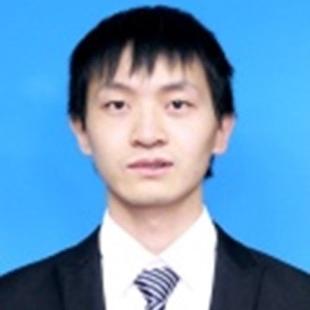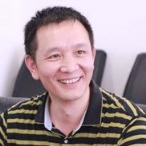Porous Polymers for Absorption and Separation Applications
A special issue of Polymers (ISSN 2073-4360). This special issue belongs to the section "Polymer Applications".
Deadline for manuscript submissions: 31 July 2024 | Viewed by 1351
Special Issue Editors
2. Hunan Provincial Key Laboratory of Advanced Materials for New Energy Storage and Conversion, Hunan University of Science and Technology, 2 Taoyuan Street, Xiangtan 411201, China
Interests: porous organic polymers; polymer crystallization
Interests: porous materials; magnetic porous materials; porous adsorbents; porous photocatalyst
Special Issues, Collections and Topics in MDPI journals
Special Issue Information
Dear Colleagues,
Porous polymer materials, such as porous organic polymers, membranes and their compound mixed matrix membranes, have attracted much interest in recent years. Their applications involve adsorption, separation, catalysis, energy storage and so on. Both the chemical structure and the pore structure of porous polymer materials are important for their application. However, there are still many challenges in understanding the structure-property relationship of porous materials. Therefore, more work on the synthesis, processing and application of porous polymer materials is indispensable.
This special issue aims to highlight recent progress in polymer materials for adsorption and separation applications. The submitted manuscripts will be fast-track reviewed, and all types of publications are invited: research articles, review articles, and communications.
Dr. Xinxiu Cao
Prof. Dr. Qingquan Liu
Guest Editors
Manuscript Submission Information
Manuscripts should be submitted online at www.mdpi.com by registering and logging in to this website. Once you are registered, click here to go to the submission form. Manuscripts can be submitted until the deadline. All submissions that pass pre-check are peer-reviewed. Accepted papers will be published continuously in the journal (as soon as accepted) and will be listed together on the special issue website. Research articles, review articles as well as short communications are invited. For planned papers, a title and short abstract (about 100 words) can be sent to the Editorial Office for announcement on this website.
Submitted manuscripts should not have been published previously, nor be under consideration for publication elsewhere (except conference proceedings papers). All manuscripts are thoroughly refereed through a single-blind peer-review process. A guide for authors and other relevant information for submission of manuscripts is available on the Instructions for Authors page. Polymers is an international peer-reviewed open access semimonthly journal published by MDPI.
Please visit the Instructions for Authors page before submitting a manuscript. The Article Processing Charge (APC) for publication in this open access journal is 2700 CHF (Swiss Francs). Submitted papers should be well formatted and use good English. Authors may use MDPI's English editing service prior to publication or during author revisions.
Keywords
- porous organic polymer
- membrane
- mixed-matrix membrane
- gas adsorption
- ion adsorption
- organic pollutant adsorption
- separation
- water treatment







